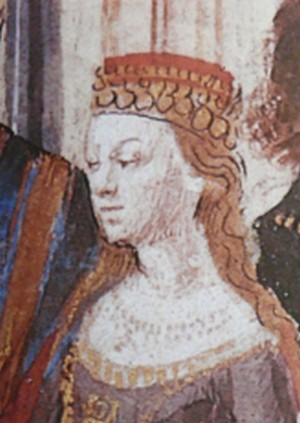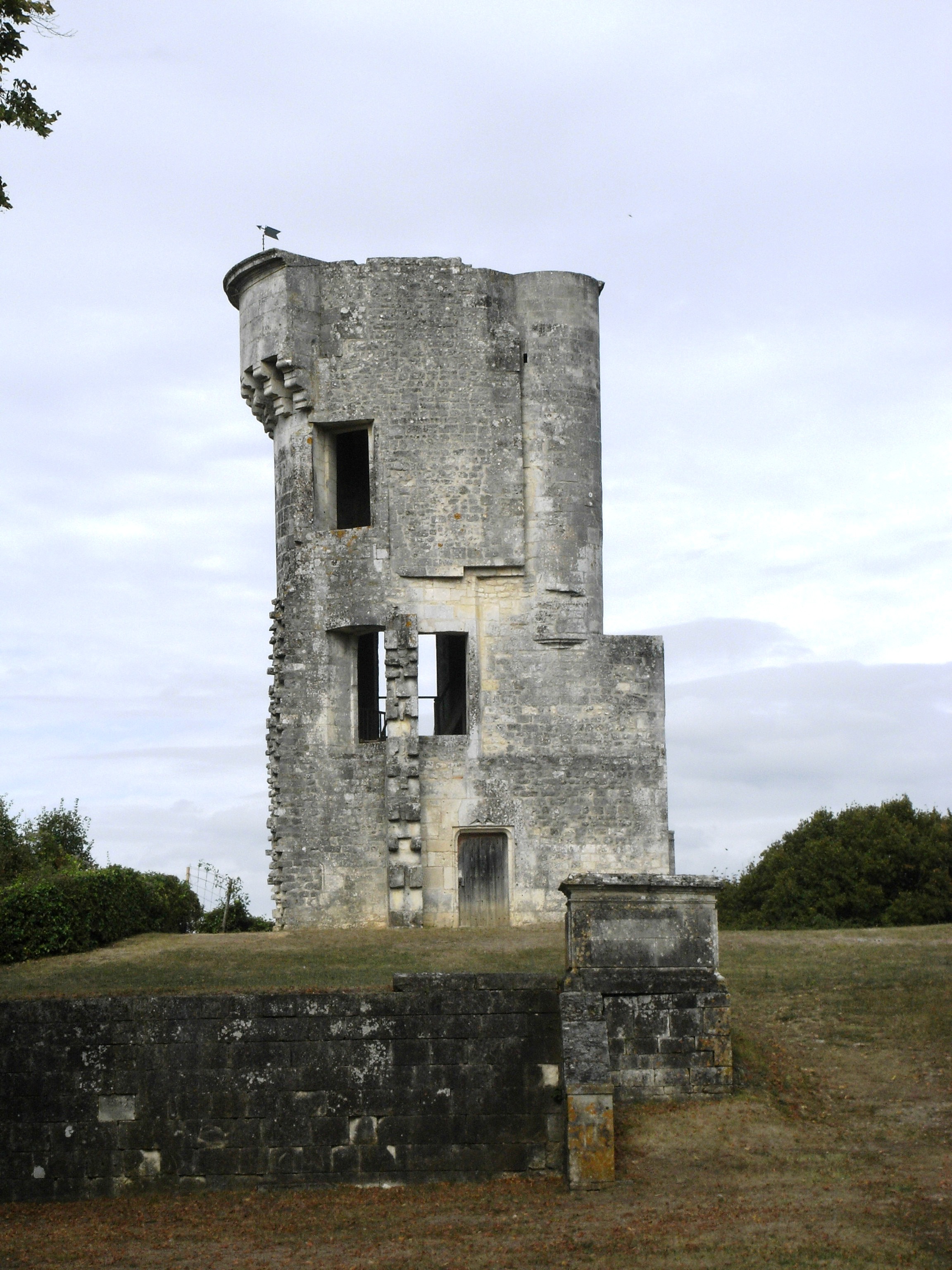|
1180s
The 1180s was a decade of the Julian Calendar which began on January 1, 1180, and ended on December 31, 1189. Significant people * Philip II, King of France (1165 - 1223) * Saladin (c.1137 - 1193) * Richard I, King of England (1157 - 1199) * Baldwin IV, King of Jerusalem (1161 - 1185) * Frederick Barbarossa (1122 - 1190) * Raymond III, Count of Tripoli (1140 - 1187) * Raynald of Châtillon (1125 - 1187) * Tamar, Queen of Georgia (c.1160 - 1213) * Minamoto no Yoritomo (1147 - 1199) * Isaac II Angelos Isaac II Angelos or Angelus (; September 1156 – 28 January 1204) was Byzantine Emperor from 1185 to 1195, and co-Emperor with his son Alexios IV Angelos from 1203 to 1204. In a 1185 revolt against the Emperor Andronikos Komnenos, Isaac ... (1156 - 1204) References {{DEFAULTSORT:1180s ... [...More Info...] [...Related Items...] OR: [Wikipedia] [Google] [Baidu] |
Raynald Of Châtillon
Raynald of Châtillon ( 11244 July 1187), also known as Reynald, Reginald, or Renaud, was Prince of Antioch—a crusader states, crusader state in the Middle East—from 1153 to 1160 or 1161, and Lord of Oultrejordain—a Vassals of the Kingdom of Jerusalem, large fiefdom in the crusader Kingdom of Jerusalem—from 1175 until his death, ruling both territories ('by right of wife'). The second son of a French nobility, French noble family, he joined the Second Crusade in 1147, and settled in Jerusalem as a mercenary. Six years later, he married Constance of Antioch, Constance, Princess of Antioch, although her subjects regarded the marriage as a mesalliance. Always in need of funds, Raynald tortured Aimery of Limoges, Latin Patriarch of Antioch, who had refused to pay a subsidy to him. He launched a plundering raid in Cyprus in 1156, causing great destruction in Byzantine Empire, Byzantine territory. Four years later, Manuel I Komnenos, the List of Byzantine emperors, Byzantine ... [...More Info...] [...Related Items...] OR: [Wikipedia] [Google] [Baidu] |
Philip II Of France
Philip II (21 August 1165 – 14 July 1223), also known as Philip Augustus (), was King of France from 1180 to 1223. His predecessors had been known as kings of the Franks (Latin: ''rex Francorum''), but from 1190 onward, Philip became the first French monarch to style himself "King of France" (''rex Francie''). The son of King Louis VII and his third wife, Adela of Champagne, he was originally nicknamed () because he was a first son and born late in his father's life. Philip was given the epithet "Augustus" by the chronicler Rigord for having extended the crown lands of France so remarkably. After decades of conflicts with the House of Plantagenet, Philip succeeded in putting an end to the Angevin Empire by defeating a coalition of his rivals at the Battle of Bouvines in 1214. This victory would have a lasting impact on western European politics: the authority of the French king became unchallenged, while John, King of England, was forced by his barons to assent to Magna C ... [...More Info...] [...Related Items...] OR: [Wikipedia] [Google] [Baidu] |
Saladin
Salah ad-Din Yusuf ibn Ayyub ( – 4 March 1193), commonly known as Saladin, was the founder of the Ayyubid dynasty. Hailing from a Kurdish family, he was the first sultan of both Egypt and Syria. An important figure of the Third Crusade, he spearheaded the Muslim military effort against the Crusader states in the Levant. At the height of his power, the Ayyubid realm spanned Egypt, Syria, Upper Mesopotamia, the Hejaz, Yemen, and Nubia. Alongside his uncle Shirkuh, a Kurdish mercenary commander in service of the Zengid dynasty, Saladin was sent to Fatimid Egypt in 1164, on the orders of the Zengid ruler Nur ad-Din. With their original purpose being to help restore Shawar as the vizier to the teenage Fatimid caliph al-Adid, a power struggle ensued between Shirkuh and Shawar after the latter was reinstated. Saladin, meanwhile, climbed the ranks of the Fatimid government by virtue of his military successes against Crusader assaults and his personal closeness to al-Adid. A ... [...More Info...] [...Related Items...] OR: [Wikipedia] [Google] [Baidu] |
Richard I Of England
Richard I (8 September 1157 – 6 April 1199), known as Richard the Lionheart or Richard Cœur de Lion () because of his reputation as a great military leader and warrior, was King of England from 1189 until his death in 1199. He also ruled as Duke of Normandy, Duke of Aquitaine, Aquitaine, and Duchy of Gascony, Gascony; Lord of Cyprus in the Middle Ages, Cyprus; Count of Poitiers, Counts and dukes of Anjou, Anjou, Count of Maine, Maine, and Count of Nantes, Nantes; and was overlord of Brittany at various times during the same period. He was the third of five sons of Henry II of England and Eleanor of Aquitaine and was therefore not expected to become king, but his two elder brothers predeceased their father. By the age of 16, Richard had taken command of his own army, putting down rebellions in Poitou against his father. Richard was an important Christian commander during the Third Crusade, leading the campaign after the departure of Philip II of France and achieving sev ... [...More Info...] [...Related Items...] OR: [Wikipedia] [Google] [Baidu] |
Baldwin IV Of Jerusalem
Baldwin IV (1161–1185), known as the Leper King, was the king of Jerusalem from 1174 until his death in 1185. He was admired by historians and his contemporaries for his dedication to the Kingdom of Jerusalem in the face of his debilitating leprosy. Choosing competent advisers, Baldwin ruled a thriving crusader state and succeeded in protecting it from the Muslim ruler Saladin. Baldwin's parents, King Amalric and Agnes of Courtenay, separated when Baldwin was two. At nine years old, he was sent to be educated by Archbishop William of Tyre. William noticed preliminary symptoms of leprosy, but Baldwin was only diagnosed after he succeeded his father as king. Thereafter, his hands and face became increasingly disfigured. He mastered horse riding despite gradually losing sensation in his extremities and fought in battles until his last years. Miles of Plancy ruled the kingdom in Baldwin's name until the former was murdered, and Count Raymond III of Tripoli took over until the kin ... [...More Info...] [...Related Items...] OR: [Wikipedia] [Google] [Baidu] |
Frederick Barbarossa
Frederick Barbarossa (December 1122 – 10 June 1190), also known as Frederick I (; ), was the Holy Roman Emperor from 1155 until his death in 1190. He was elected King of Germany in Frankfurt on 4 March 1152 and crowned in Aachen on 9 March 1152. He was crowned King of Italy on 24 April 1155 in Pavia and emperor by Pope Adrian IV on 18 June 1155 in Rome. Two years later, the term ' ("holy") first appeared in a document in connection with his empire. He was later formally crowned King of Burgundy, at Arles on 30 June 1178. His nickname of ' (meaning "Red Beard" in Italian) "was first used by the Florentines only in 1298 to differentiate the emperor from his grandson, Frederick II ... and was never employed in medieval Germany" (the colour red was "also associated in the Middle Ages with malice and a hot temper"; in reality, Frederick's hair was "blond", although his beard was described by a contemporary as "reddish"). In German, he was known as ', which in English means " ... [...More Info...] [...Related Items...] OR: [Wikipedia] [Google] [Baidu] |
Raymond III, Count Of Tripoli
Raymond III (1140 – September/October 1187) was count of Tripoli from 1152 to 1187. He was a minor when Nizari Assassins murdered his father, Count Raymond II of Tripoli. His cousin, King Baldwin III of Jerusalem, who was staying in Tripoli, made Raymond's mother, Hodierna of Jerusalem, regent. Raymond spent the following years at the royal court in Jerusalem. He reached the age of majority in 1155, after which he participated in a series of military campaigns against Nur ad-Din, the Zengid ruler of Damascus. In 1161 he hired pirates to pillage the Byzantine coastline and islands to take vengeance on Byzantine emperor Manuel I Komnenos, who had refused to marry his sister Melisende. He was captured in the Battle of Harim by Nur ad-Din's troops on 10 August 1164, and imprisoned in Aleppo for almost ten years. During his captivity, his cousin King Amalric of Jerusalem administered the county of Tripoli on his behalf. Raymond was released for a large ransom which ... [...More Info...] [...Related Items...] OR: [Wikipedia] [Google] [Baidu] |
Tamar Of Georgia
Tamar the Great ( ka, თამარ მეფე, tr , ; 1160 – 18 January 1213) queen regnant, reigned as the List of monarchs of Georgia#Kings of unified Georgia (1008–1490), Queen of Kingdom of Georgia, Georgia from 1184 to 1213, presiding over the apex of the Georgian Golden Age. A member of the Bagrationi dynasty, her position as the first woman to rule Georgia in her own right was emphasized by the title ''mepe'' ("king"), afforded to Tamar in the medieval Georgian sources. Tamar was proclaimed heir and Coregency, co-ruler by her reigning father George III of Georgia, George III in 1178, but she faced significant opposition from the aristocracy upon her ascension to full ruling powers after George's death. Tamar was successful in neutralizing this opposition and embarked on an energetic foreign policy aided by the decline of the hostile Seljuk Empire, Seljuk Turks. Relying on a powerful military elite, Tamar was able to build on the successes of her predecessor ... [...More Info...] [...Related Items...] OR: [Wikipedia] [Google] [Baidu] |
Minamoto No Yoritomo
was the founder and the first shogun of the Kamakura shogunate, ruling from 1192 until 1199, also the first ruling shogun in the history of Japan.Nussbaum, Louis-Frédéric. (2005). "Minamoto no Yoriie" in . He was the husband of Hōjō Masako who acted as regent (''shikken'') after his death. Yoritomo was the son of Minamoto no Yoshitomo and belonged to Seiwa Genji's prestigious Kawachi Genji family. After successfully maneuvering himself to the position of rightful heir of the Minamoto clan, he led his clan against the Taira clan, Taira from his capital in Kamakura, beginning the Genpei War in 1180. After five years of civil war, the Minamoto clan finally defeated the Taira in the Battle of Dan-no-ura in 1185. Yoritomo established the supremacy of the samurai caste and the first shogunate (''bakufu'') which was to be centered around Kamakura, thus beginning the History of Japan#Feudal Japan, feudal age in Japan, which lasted until the 17th century. Early life Yoritomo was t ... [...More Info...] [...Related Items...] OR: [Wikipedia] [Google] [Baidu] |
Isaac II Angelos
Isaac II Angelos or Angelus (; September 1156 – 28 January 1204) was Byzantine Emperor from 1185 to 1195, and co-Emperor with his son Alexios IV Angelos from 1203 to 1204. In a 1185 revolt against the Emperor Andronikos Komnenos, Isaac seized power and rose to the Byzantine throne, establishing the Angelos family as the new imperial dynasty. His father Andronikos Doukas Angelos was a military leader in Asia Minor (c. 1122 – aft. 1185) who married Euphrosyne Kastamonitissa (c. 1125 – aft. 1195). Andronikos Doukas Angelos was the son of Constantine Angelos and Theodora Komnene (b. 15 January 1096/1097), the youngest daughter of Emperor Alexios I Komnenos and Irene Doukaina. Thus Isaac was a member of the extended imperial clan of the Komnenoi. Rising by revolt Niketas Choniates described Isaac's physical appearance: "He had a ruddy complexion and red hair, was of average height and robust in body". During the brief reign of Andronikos I Komnenos ... [...More Info...] [...Related Items...] OR: [Wikipedia] [Google] [Baidu] |






